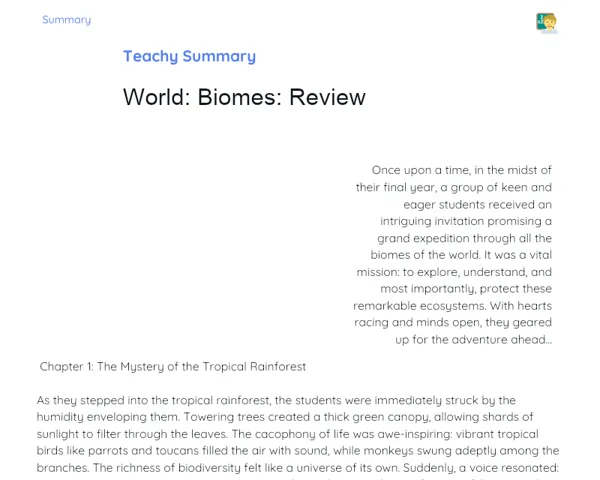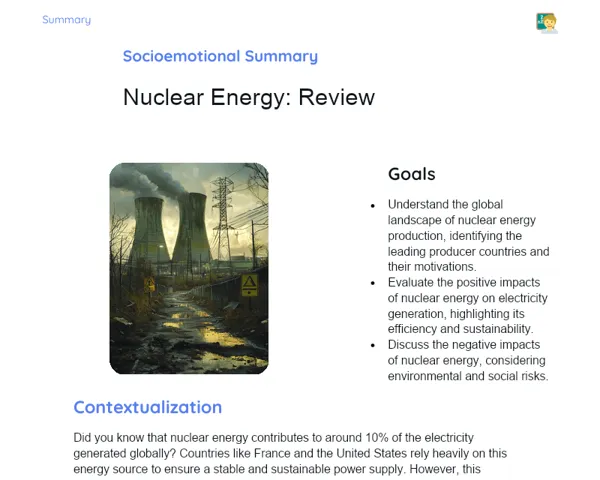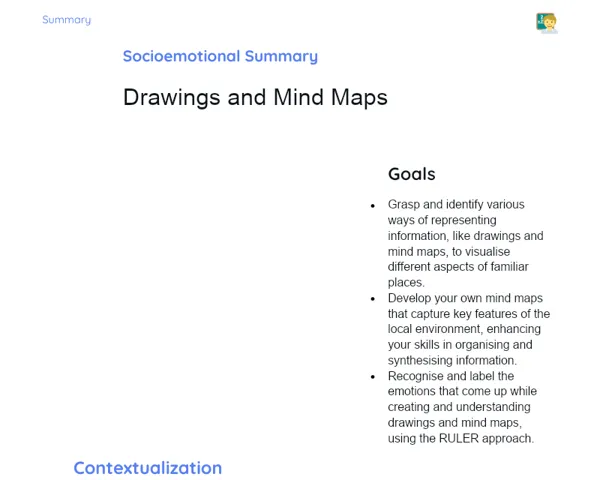Objectives
1. 🌍 Understand the processes of atmospheric circulation that lead to the formation of winds and rains, identifying the various forces at play and their climatic influences.
2. 🔍 Analyze and discuss the impact of these phenomena on both regional and global climate patterns, integrating insights from physical geography and meteorology.
3. 🤔 Foster critical thinking and the ability to synthesize knowledge by linking physical theories to what we observe in climatic phenomena.
Contextualization
Have you ever wondered how the discovery of the trade winds was a landmark moment in the history of navigation and global exploration? These winds consistently blow from the northeast in the northern hemisphere and from the southeast in the southern hemisphere. They enabled European explorers to venture across the Atlantic to the Americas, as they relied on these steady breezes. This link between atmospheric circulation and pivotal historical events underscores how crucial this topic is in shaping our world.
Important Topics
Atmospheric Circulation
Atmospheric circulation refers to the global and continuous movement of air, primarily driven by temperature and pressure differences across the planet. This circulation is vital for transferring thermal energy and distributing moisture and heat, directly affecting climate patterns. The core components of atmospheric circulation include the Hadley, Ferrel, and Polar cells.
-
Hadley Cells: Positioned between the tropics and 30 degrees latitude, characterized by warm, moist air that rises, creating low-pressure zones, then descends at higher latitudes.
-
Ferrel Cells: Located between 30 and 60 degrees latitude, these areas act as transition zones where air from the Hadley and Polar cells converge, leading to varying weather conditions due to the presence of frontal systems.
-
Polar Cells: Extending from the poles to 60 degrees latitude, where cold, dense air descends, creating high pressure and setting up a cycle that influences wind currents and both local and global climate systems.
Wind
Winds are the movement of air in the Earth's atmosphere, driven by differences in atmospheric pressure across various regions. Winds are classified based on their origin, such as trade winds, which flow from the tropics toward the equator, and westerlies, which dominate in mid-latitudes, moving from west to east. Understanding these wind patterns is key for navigation, aviation, and accurate weather forecasting.
-
Trade Winds: Steady winds that flow from the tropics towards the equator, transitioning from high pressure regions (over the tropics) to low pressure regions (over the equator).
-
Westerlies: These winds, found in mid-latitudes, primarily blow from west to east, a pattern influenced by the Coriolis effect, which directs winds to the right in the northern hemisphere and to the left in the southern hemisphere.
-
Local Winds: These include land and sea breezes that arise from the uneven heating of land and water, creating typical daytime and nighttime wind patterns in many coastal areas.
Rain
Rain formation is a direct outcome of atmospheric circulation and wind patterns. When moist air masses are lifted, they cool and condense, eventually forming clouds and precipitation. The intertropical convergence zone and frontal systems are often linked to intense rainfall, whereas regions such as subtropical deserts experience minimal precipitation due to high-pressure and air circulation patterns.
-
Intertropical Convergence Zone: A region where the trade winds from the northern and southern hemispheres meet, resulting in significant rainfall, as seen in the Amazon and African tropical rainforests.
-
Frontal Systems: These are boundaries between air masses with differing temperatures and humidity levels. Typically, warmer, moist air is forced to rise over cooler air, leading to rain and storms.
-
Subtropical Deserts: Found in regions where atmospheric circulation promotes descending air, such as the Sahara, leading to inhibited cloud formation and low rainfall.
Key Terms
-
Atmospheric Circulation: The global movement of air in the Earth's atmosphere, influenced by temperature and pressure differences.
-
Wind: The flow of air in the atmosphere caused by pressure variances in different regions.
-
Rain: The precipitation of water from the atmosphere to the Earth's surface, resulting from the cooling and condensation of water vapour in clouds.
For Reflection
-
How do atmospheric circulation and wind patterns affect the climate in your locality?
-
In what ways can understanding rainfall patterns assist in water resource management and natural disaster mitigation?
-
What are the implications of global climate change on atmospheric circulation, and how might this impact the most vulnerable areas of our planet?
Important Conclusions
-
We examined how atmospheric circulation, winds, and rain are crucial for grasping both global and regional climate patterns that influence everything from trade to agriculture and daily life.
-
We discussed the roles of the Hadley, Ferrel, and Polar cells, detailing how each is integral to the distribution of heat and moisture worldwide, affecting temperatures and precipitation patterns.
-
We highlighted the importance of winds like the trade winds and westerlies, which are vital for meteorology, navigation, and aviation, and how they impact human activities and ecosystems.
To Exercise Knowledge
- Wind Map: Create a map showcasing global wind patterns, identifying the dominant winds in various regions of the world. 2. Weather Diary: Maintain a diary for one week to log changes in local weather and try to correlate these observations with the wind and rain patterns discussed. 3. Rain Model: Using recyclable materials, construct a model that illustrates how rain forms from the condensation of water vapour.
Challenge
🌪️ Meteorologist Challenge: Use a weather forecasting app to predict the weather in a city of your choice, employing the knowledge gained about atmospheric circulation. Compare your prediction with the actual weather and analyze any discrepancies.
Study Tips
-
Watch educational documentaries or videos about winds and atmospheric circulation to visualize these concepts in action.
-
Practice sketching maps of atmospheric circulation and winds to strengthen your geographical and meteorological knowledge.
-
Engage in online forums or study groups to discuss with peers the practical applications of meteorology and how climate phenomena affect various regions of the world.



